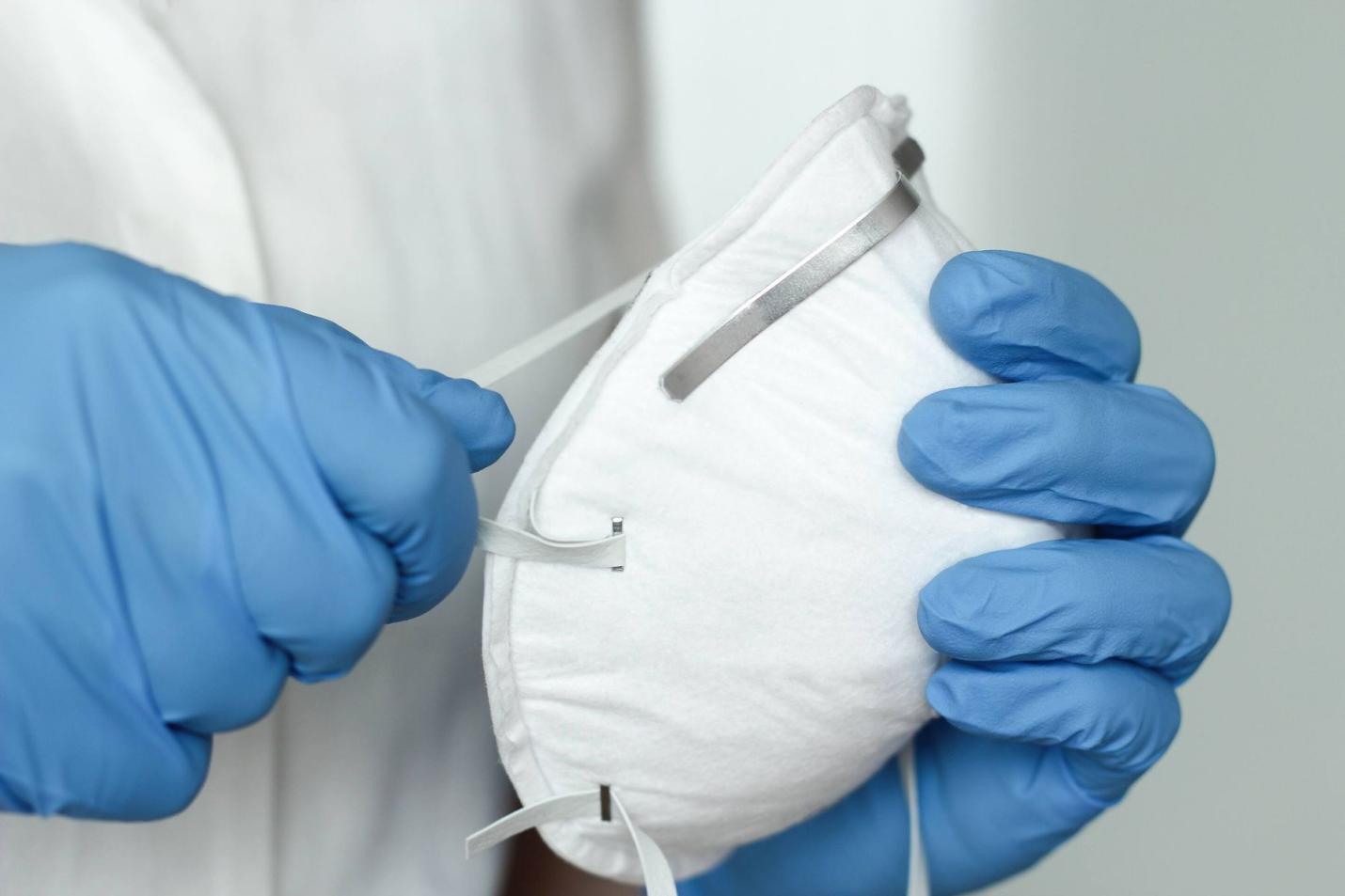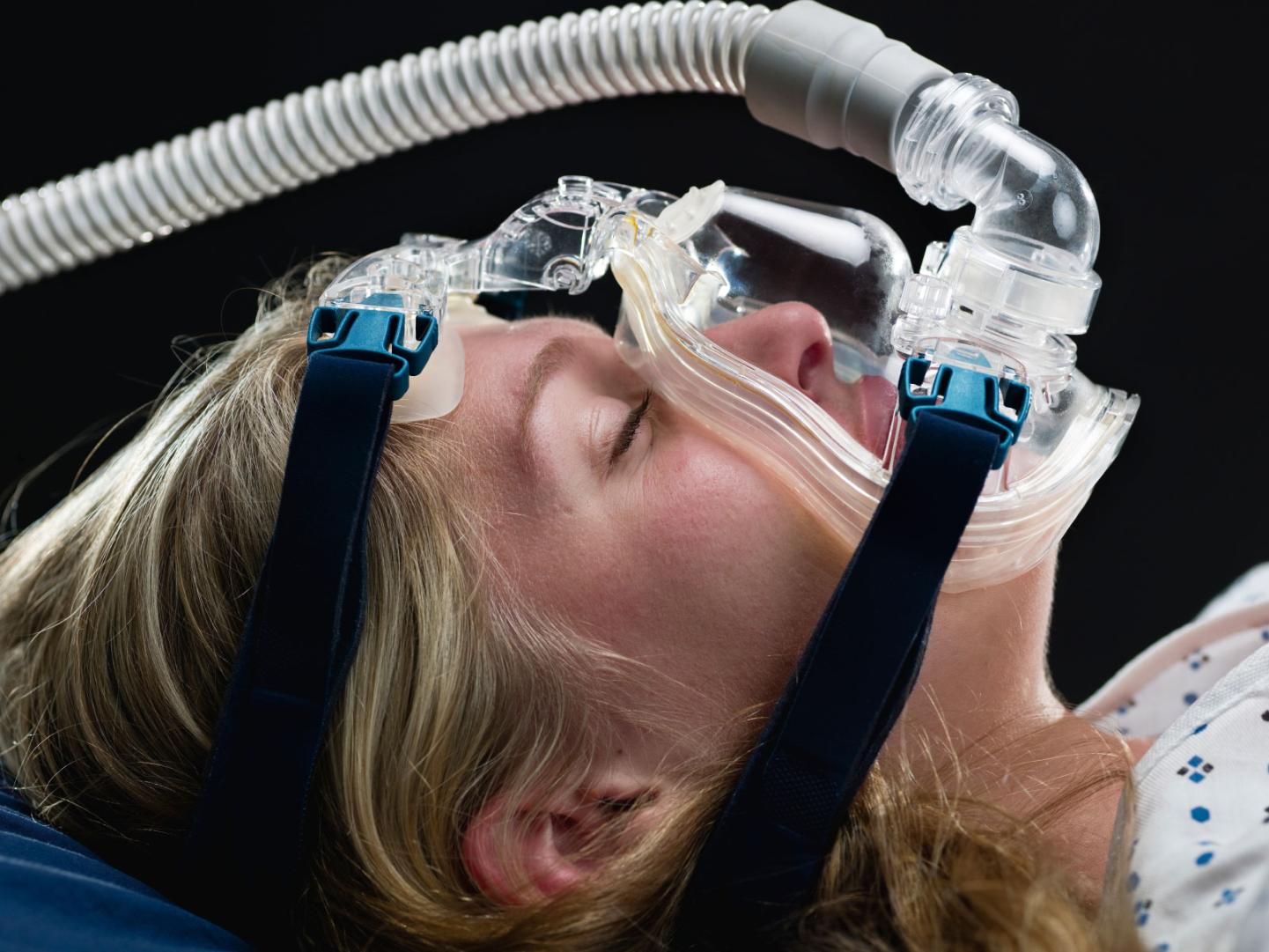What is the Best Way to Dry My Mask?
In the midst of the ongoing pandemic, face masks have become an essential part of our daily lives. To ensure their effectiveness and prevent the growth of harmful microorganisms, proper drying of masks is crucial. This article delves into the best practices for drying different types of masks, providing comprehensive guidelines and additional tips to maintain mask hygiene.

I. General Guidelines For Drying Masks
Before handling a used mask, it is essential to thoroughly wash your hands to prevent contamination. Rinse the mask with clean water to remove dirt and debris. Gently squeeze out excess water without wringing or twisting the mask, as this can damage its structure and reduce its effectiveness. Hang the mask in a well-ventilated area away from direct sunlight to allow it to dry naturally. Avoid using heat sources like dryers or microwaves to dry masks, as these can cause shrinkage or damage to the mask's material.
II. Specific Drying Methods For Different Types Of Masks
Different types of masks require specific drying methods to ensure optimal performance and longevity.
1. Cloth Masks:
- Machine-wash cloth masks in hot water (at least 60°C or 140°F) with a detergent. This helps eliminate bacteria and viruses effectively.
- Tumble dry on high heat or hang dry in a well-ventilated area. High heat helps kill any remaining microorganisms.
- Iron the mask if desired, using the highest heat setting. Ironing adds an extra layer of protection by killing germs and smoothing out wrinkles.
2. Surgical Masks:
- Disposable surgical masks are not meant to be reused. Discard them after each use to prevent contamination.
3. N95 Respirators:
- N95 respirators can be reused up to five times if properly cared for. Hang them in a well-ventilated area to dry between uses.
- Do not wash or machine-dry N95 respirators, as this can damage their filtration capabilities.
Additional Tips For Drying Masks
- Use a mask lanyard or clip to keep the mask clean and prevent it from getting lost.
- Store masks in a clean, dry place when not in use to prevent contamination.
- Replace masks regularly, especially if they become damaged or soiled, to maintain their effectiveness.
By following these guidelines and tips, you can ensure that your mask remains clean, dry, and effective in protecting you from harmful microorganisms.

YesNo

Leave a Reply